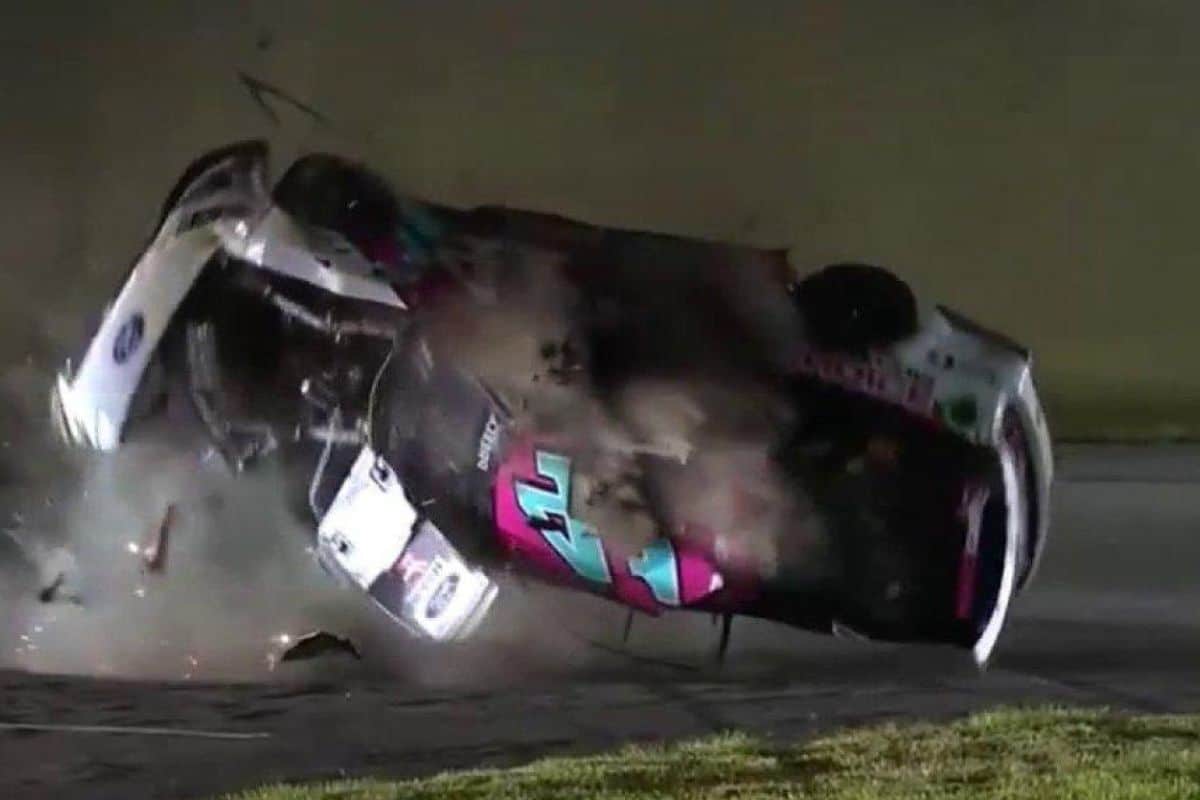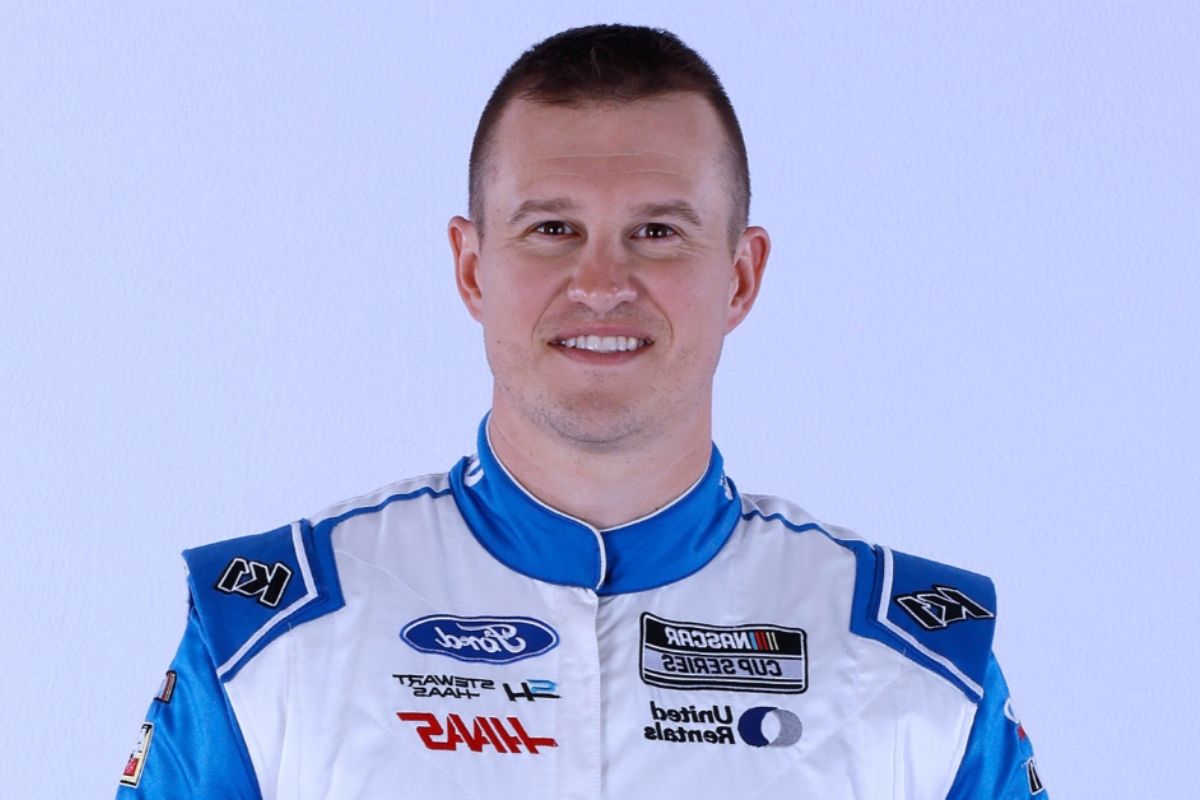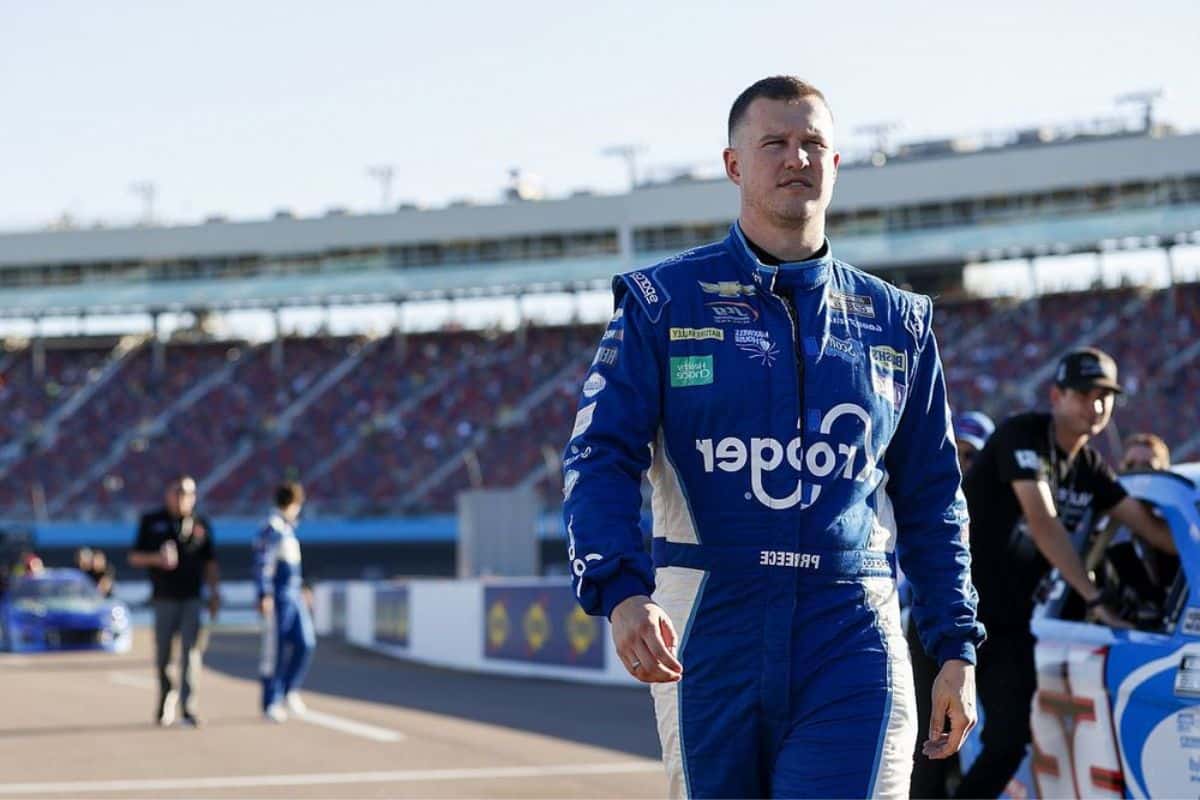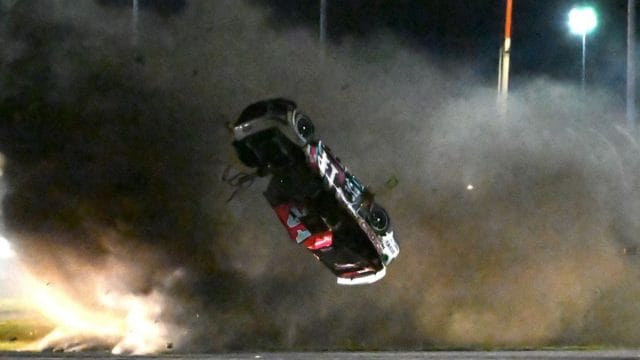Ryan Preece Returns: Amidst the thunderous roar of engines and the fervor of racing enthusiasts, Daytona International Speedway witnessed a pivotal moment when Ryan Preece’s car took a harrowing leap into the air.
The aftermath of that heart-stopping crash not only marked a turning point for Preece but also sparked a series of transformative changes at the famed track.
As the dust settles and the echoes of safety concerns linger, a stirring narrative unfolds—a tale of resilience, innovation, and the unwavering spirit of competition that propels both driver and sport forward.
Key Takeaways
- Daytona International Speedway’s enhanced safety features impress post-transformation.
- Preece’s return signifies confidence in NASCAR’s safety advancements.
- Continued commitment to driver safety evident in Daytona’s evolution.
- Next Gen car’s improvements highlight NASCAR’s proactive safety measures.
Track Changes After Ryan Preece’s Harrowing Daytona Crash
Following Ryan Preece’s harrowing crash at Daytona International Speedway, significant track modifications were implemented to enhance safety measures for drivers and spectators alike. The incident prompted NASCAR to take swift action, paving over the grassy area where Preece’s car became airborne, aiming to prevent similar occurrences in the future. This transformation at Daytona marked a pivotal moment in NASCAR’s commitment to prioritizing safety on high-speed tracks.
The changes at Daytona International Speedway not only served as a crucial response to a specific incident but also set a precedent for other tracks to reevaluate their safety protocols. Charlotte Motor Speedway, among others, followed suit by implementing similar modifications to enhance safety measures for all involved.

Safety Concerns and NASCAR’s Response
In light of ongoing safety concerns surrounding stock cars’ propensity for launching and flipping, NASCAR has been actively evaluating and responding to drivers’ calls for enhanced safety measures. Despite the significant safety improvements made over the years, the risks persist, prompting drivers to advocate for additional measures. One such suggestion includes adding more pavement in critical areas to prevent cars from getting airborne.
Charlotte Motor Speedway has taken a proactive step by introducing artificial turf in certain areas, while other tracks have opted for the more traditional asphalt solution.
Daytona International Speedway, in response to recent incidents, has made modifications to the backstretch chicane, known as ‘the bus stop,’ to address safety concerns. These changes aim to reduce the likelihood of cars launching or flipping in that particular section of the track. By actively listening to drivers’ feedback and implementing necessary alterations, NASCAR demonstrates its commitment to prioritizing safety in the sport and ensuring the well-being of its competitors.
Preece’s Perspective and Reaction
Preece provides valuable insights into his crash experience, highlighting the robust safety features of his car and emphasizing the continuous evolution of safety measures in NASCAR. Reflecting on the incident, he commended the structural integrity that protected him during the intense collision. His perspective sheds light on the critical role safety advancements play in safeguarding drivers in high-speed racing environments.
Preece acknowledges the evolving nature of safety measures in NASCAR. He praises the structural integrity of his car that contributed to his safety. The crash involving Preece and his teammate, Chase Briscoe, prompted a closer look at safety protocols. Real-world scenarios like this test the effectiveness of the Next Gen car’s safety features.
Preece’s reaction underscores the importance of prioritizing driver safety in motorsports, prompting a deeper appreciation for the continuous enhancements in safety technology within the NASCAR community.

NASCAR’s Safety Efforts and Next Gen Car Improvements
Emphasizing the paramount importance of driver safety in NASCAR, the league has been diligently refining safety protocols and enhancements for the Next Gen car to ensure a secure racing environment.
Following the debut of the Next Gen car, NASCAR has taken significant steps to address safety concerns, especially after Kurt Busch’s concussion incident. Offseason testing and tweaks have been focused on minimizing the G-forces experienced by drivers, aiming to enhance overall safety on the track. The proactive approach seems to be yielding positive results, with no driver concussions reported in the 2023 season, indicating tangible progress in the league’s safety measures.
| Safety Enhancement | Description | Impact |
|---|---|---|
| Next Gen Car Design | Improved chassis construction and energy absorption capabilities | Enhanced driver protection and crash safety |
| Concussion Protocols | Stringent guidelines for evaluation and recovery processes post-injury | Quicker identification and treatment |
| Track Safety Measures | Enhanced barriers, SAFER barriers, and increased impact-absorbing technologies around the track | Reduced risks of severe injuries |
| Safety Equipment | Continued advancements in driver suits, helmets, and restraints for optimal protection | Minimized impact during accidents |
Preece’s Resolve and Future Outlook
Amidst the anticipation surrounding Daytona’s upcoming event, the unwavering determination of Ryan Preece shines as a beacon of resilience in the face of adversity. Preece looks forward to returning to Daytona despite the previous crash, expressing confidence in his profession despite its inherent risks.
The driver’s determination to continue racing underscores his commitment to the sport’s challenges, reflecting a positive outlook that aligns with NASCAR’s ongoing efforts to enhance driver safety. Preece’s resolve not only exemplifies his personal fortitude but also symbolizes the spirit of NASCAR drivers who courageously face the dangers of their profession.
As he gears up for the upcoming race, Preece’s future outlook remains steadfast, embodying the essence of a true competitor who embraces challenges head-on and remains dedicated to his craft. In the realm of motorsports, where bravery meets skill, Ryan Preece stands as a testament to the perseverance and unwavering spirit that define the sport’s elite.
Conclusion of Ryan Preece Returns
Ryan Preece’s return to Daytona after his crash showcased the track’s significant safety improvements. NASCAR’s ongoing efforts to enhance safety measures and the development of the Next Gen car reflect a commitment to protecting drivers.
Preece’s resilience and positive outlook demonstrate the unwavering determination of drivers in the face of adversity. The transformation of Daytona serves as a testament to the importance of continuous improvement in ensuring the well-being of all competitors.

Our Reader’s Queries
Q. Where was the first Daytona race?
A. The first race at Daytona Beach, Florida, which is considered the birth of what later became the Daytona 500, was held on the beach itself. The race took place on March 8, 1936, and it was known as the “Daytona Beach Road Course.” This race laid the foundation for the iconic Daytona 500 that is now held at Daytona International Speedway. The beach course, with its unique blend of sand and pavement, set the stage for the rich history of racing at Daytona.
Q. Does Daytona have a road course?
A. The construction efforts led to a final length of 3.560 miles (5.729 kilometers) for the complete road course at the venue, referencing Daytona International Speedway. In 2003, modifications were made to the backstretch chicane. The middle leg underwent repaving and widening, altering the entry and exit points. Cars would now enter through the first leg and exit through the second leg, while the existing third leg was abandoned. These adjustments aimed to enhance the track layout and racing experience at Daytona.
Q. Where did NASCAR race on Daytona Beach?
A. From the inception of NASCAR’s first officially sanctioned Modified Division points race on February 15, 1948, until the opening of Daytona International Speedway in 1959, NASCAR events took place on the Daytona Beach & Road Course. This layout spanned 4.100 miles and included a route that went south down Atlantic Avenue, featuring a hairpin left-hand turn, and then returned northward. The Daytona Beach & Road Course played a significant role in NASCAR’s early history and served as a notable venue for racing before the establishment of the iconic Daytona International Speedway.
Q. What is the Daytona race called?
A. Indeed, the Daytona 500 is often referred to as “The Great American Race” and is considered the “Super Bowl of Stock Car Racing.” It stands as one of NASCAR’s premier events, capturing the attention of motorsports enthusiasts worldwide. The legendary Daytona 500 is not only NASCAR’s biggest annual race but also ranks among the most iconic and celebrated events in the history of motor sports. The anticipation and excitement surrounding this race make it a cornerstone of the NASCAR calendar each year.
ALSO READ: Exclusive: Ryan Preece’s Bold Move in Leading Stewart-Haas Racing!
